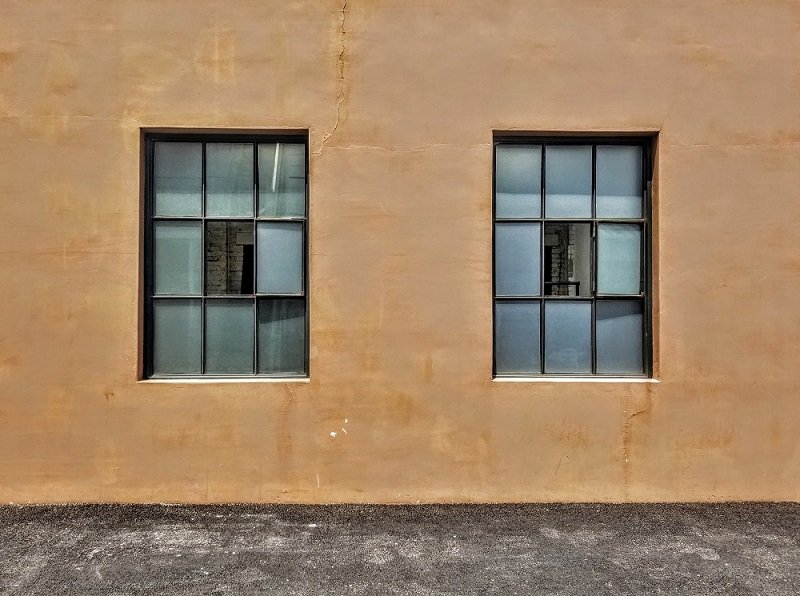Wall insulation materials are used to control the temperature of a home. With the right insulation, it is possible to control heating and cooling expenses. Effective insulation can certainly improve comfort levels and reduce your utility bills. Excess heat can penetrate through your walls and you cannot keep your rooms at moderate temperature. You need to run your air conditioner throughout the day, which will cost you a huge amount every month. You can insulate your walls and save on this power consumption cost.
It is essential to know about materials used in wall insulation as they may be sourced from natural or synthetic compounds. As each material carries pros and cons, it is essential to consider the advantages and disadvantages when selecting the wall insulation foam.
Different Sources Of Wall Insulation

Today, you will come across a wide range of insulation materials available in the market, such as mineral wool, cellulose, fiberglass, natural fiber, and more.
- Fiberglass – Fiberglass is one of the most popular wall insulation materials and is made from recycled glass. Fine strands of glass are weaved together to make Fiberglass. There are many advantages of using Fiberglass as it is non-flammable and minimizes heat transfer. Moreover, it is environmentally friendly and non-flammable.
- Cellulose – Cellulose, made from recycled paper products, is one most eco-friendly wall insulation options. This environmentally friendly insulation material is available in blown-in and loose-fill versions. It is an excellent product due to its compactness as it minimizes the risk of fire damage. However, it can create allergies and needs skilled workers for installation. If you live in a bushfire-prone area then you must choose this insulation technique.
- Natural Fibre –These natural fibers are nontoxic but can be expensive to install. However, one can expect great results for wall insulation with sound-absorbing panels made of natural fibers and for making interior partitions. There are minimum energy necessities for manufacturing.
- Mineral Wool – Another popular material for internal wall insulation is Mineral wool. The Slag wool is made from blast furnace slag, while the Rock wool is, made from basalt or diabase. There is no need to use additives to make the material fire resistant as it is non-flammable and can withstand extreme heat. It is made of recycled industrial content and is moderately priced.
- Polyurethane – Polyurethane wall insulation material is available in closed- and open-cell foam. Closed-cell foam carries high-density cells, while the open-cell foams are not as dense and carry a spongy texture. Buyers should keep in mind that this is not environmentally friendly and carries a higher cost. However, it is -fire resistant, lightweight, and has great noise insulation properties.
- Polystyrene – The transparent and colorless thermoplastic is commonly used as small foam beads and foam boards. However, it is low-cost but not environmentally friendly. Plus, it needs to be coated with a fireproof chemical, which is flammable. It can be difficult to work with and tends to amass static electricity. Still, it offers excellent sound and temperature insulation, and it is completely waterproof.

When looking for the best wall insulation material, you should also be aware of the materials that are no longer used. These include vermiculite, perlite, and urea-formaldehyde, and they are no longer preferred as they contain asbestos that can cause cancer. Look for the right wall insulation material based on what you need.
You should know all the pros and cons of wall insulation, and make sure that you get optimal insulation for your project. Right choices would mean a well-insulated building with a lower expense for heating and cooling.



